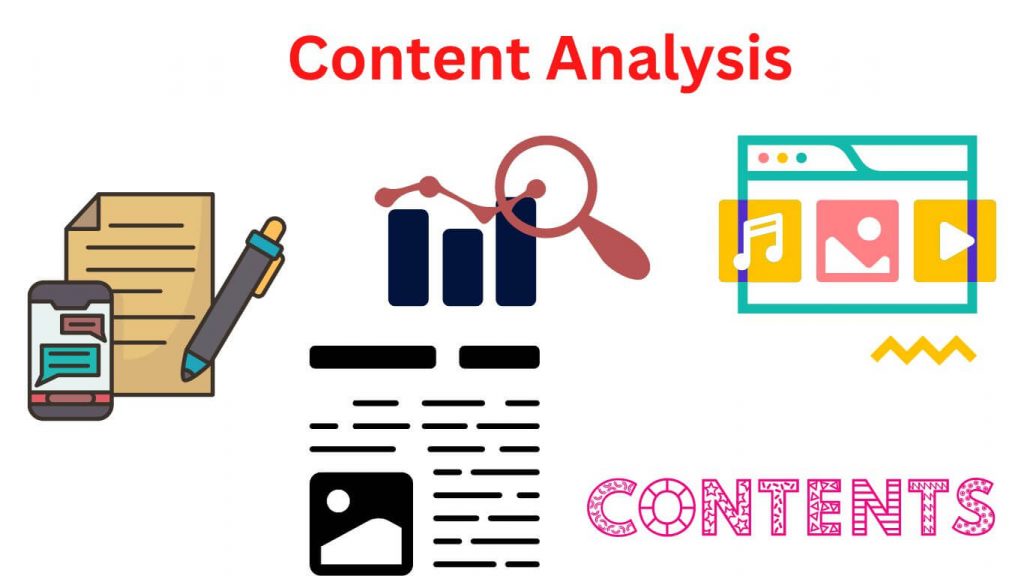List Of Contents
- 1 Introduction
- 2 Characteristics of Modern Political Discourse
- 3 Analyzing the Content of Political Discourse
- 4 The Role of Media and Technology
- 5 The Impact on Society and Democracy
- 6 Methodologies for Content Analysis of Political Discourse
- 7 The Role of Fact-Checking and Media Literacy
- 8 Conclusion
- 9 Author
In today’s world, political discourse shapes and reflects the dynamics of society. This 1000-word article provides a detailed content analysis of the current landscape of political discourse, examining its characteristics, the influence of media and technology, and the implications for society and democracy.
Introduction
Political discourse, the way in which politics is discussed and debated, is crucial in shaping public opinion and policy. It encompasses everything from policy discussions in legislative bodies to the conversations happening on social media. Analyzing this discourse provides insights into the political climate, public concerns, and the health of democratic dialogue.
Characteristics of Modern Political Discourse
Polarization
One of the most notable features of current political discourse is polarization. Discussions are often divided along rigid ideological lines, with little room for compromise or mutual understanding.
Media Influence
The media plays a significant role in shaping political discourse. The way issues are framed, which stories are covered, and how they are reported can significantly influence public perception.
The Rise of Populism
Populism has become a prominent feature in global politics, characterized by rhetoric that emphasizes the division between ‘ordinary people’ and ‘corrupt elites.’ This has shifted the style and content of political discourse.
Social media platforms have become key arenas for political discourse, allowing for direct interaction between politicians and the public. However, these platforms also contribute to the spread of misinformation and echo chambers.
Analyzing the Content of Political Discourse
Policy Discussions
Content analysis of policy discussions reveals the priorities and values of political actors. It involves examining the issues that are given prominence, the solutions proposed, and the language used.
Election Campaigns
During elections, the discourse often focuses on character assessments, promises, and accusations among candidates. Analyzing this content reveals the strategies used to influence voters.
Public Opinion and Forums
Public forums, including social media, provide a space for citizen engagement. Analyzing the content of these discussions can provide insights into public sentiment and concerns.
The Role of Media and Technology
Traditional Media vs. New Media
The shift from traditional media to new media has transformed political discourse. While traditional media such as newspapers and television were governed by journalistic standards, new media, particularly social media, operates under different rules, often amplifying sensational or polarizing content.
The Spread of Misinformation
The ease of spreading misinformation on social media platforms is a significant concern. False narratives and propaganda can be disseminated rapidly, influencing political discourse and public opinion.
Echo Chambers and Filter Bubbles
Social media algorithms tend to show users content that aligns with their existing beliefs, creating echo chambers and filter bubbles that further polarize political discourse.
The Impact on Society and Democracy
Democratic Engagement
While increased access to information and platforms for discussion can enhance democratic engagement, the quality of discourse is crucial. Polarization and misinformation can undermine informed decision-making and trust in democratic institutions.
Political Cynicism
The nature of modern political discourse can lead to cynicism among the public, eroding trust in politicians and the political process.
The Challenge of Moderation
The challenge for social media platforms and traditional media alike is how to moderate content to foster healthy political discourse while protecting freedom of speech.
Methodologies for Content Analysis of Political Discourse
Qualitative Analysis
Qualitative methods involve analyzing the themes, narratives, and rhetoric used in political discourse. This can include discourse analysis of political speeches, media content, and social media posts.
Quantitative Analysis
Quantitative methods involve statistically analyzing content, such as the frequency of certain themes, the use of specific terms, or sentiment analysis.
Case Studies
Examining specific case studies, such as a particular election cycle or a significant political event, can provide in-depth insights into the nature of political discourse.
The Role of Fact-Checking and Media Literacy
The Importance of Fact-Checking
In an era of misinformation, fact-checking has become vital. This involves verifying the accuracy of claims made in political discourse.
Promoting Media Literacy
Educating the public on how to critically assess media content is essential for ensuring a healthy political discourse.
Conclusion
The landscape of political discourse is complex and ever-evolving, shaped by numerous factors including media, technology, and societal changes. Content analysis of this discourse is vital for understanding the health of democratic processes and the challenges faced by societies. Ensuring the integrity and constructiveness of political discourse is crucial for maintaining democratic principles and fostering an informed and engaged citizenry. As technology continues to evolve, so too will the nature of political discourse, requiring ongoing analysis and danatoto adaptation.

